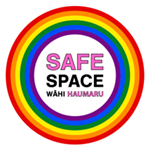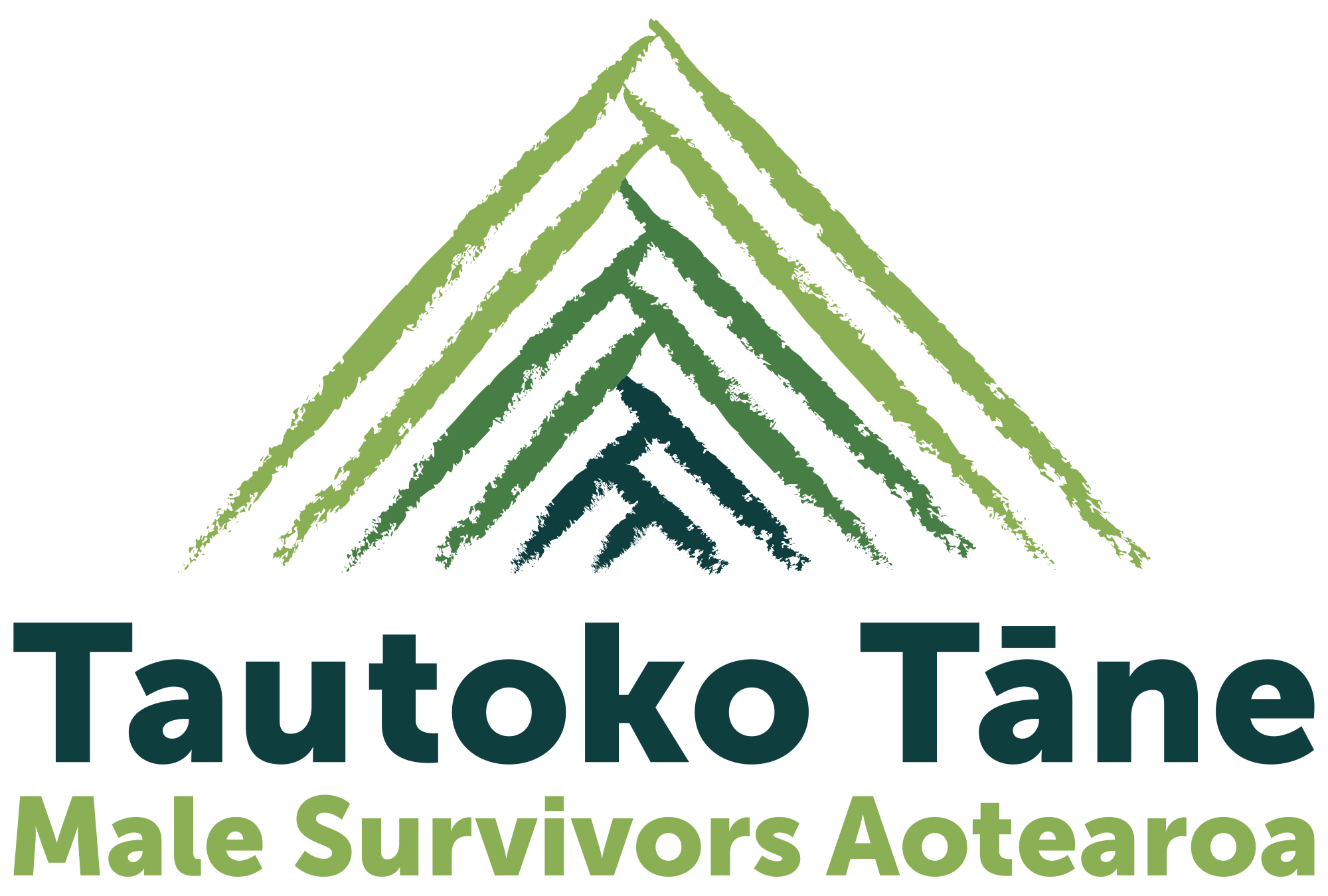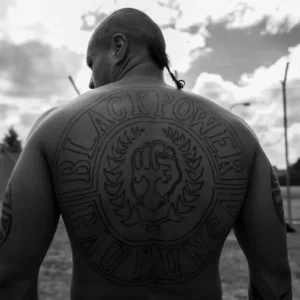Tears have taken up residence behind Grant West's bright blue eyes.
He is 57 years old, a burly Kiwi living in Australia with bleach-tipped hair and a crumpled leather jacket.
By his estimate, he was sexually abused by 60 to 80 men by the time he turned 18. Just two of them faced justice.
His first abuser was his mother, he says. He was 4.
Published in
Stuff
These days he is a sort-of celebrity in the campaign against child sexual abuse. It is not the kind of fame anyone would choose.
He worked behind the scenes to get an Australian commission of inquiry into institutional responses to child sexual abuse.
And he was instrumental in starting a movement of tying ribbons to church fences: a reminder to those inside that, while the victims and supporters can’t always be there, they are there in spirit.
He petitioned for the New Zealand government to follow Australia’s lead, which it did, first by setting up the Royal Commission of Inquiry into Historical Abuse in State Care, then by extending it to include faith-based abuse.
Colourful ribbons, terrible memories
Outside St Mary of the Angels on a breezy Wellington autumn day a small group is gathered.
They are all either victims of faith-based child sexual abuse or their supporters.
They are there to present West with ribbons to take back to Ballarat, Australia, and he is there to tie a ribbon to the church fence.
It has been nearly four decades since he was last raped but, as he walks up the church steps and ties on a red ribbon, tears well up in his eyes. His wife, Patsy-anne, moves quickly to his side.
Afterwards, he manages to mostly hold back the tears as he relays the horrors of his early life.
“My abuse started at aged 4. I was taken to church by my mother – she was the first to abuse me. Then I was abused by a minister … from 6 to 8.”
He went on to burn down that church and ended up in a boys’ home, where the abuse continued.
“Sexual abuse, rape, penetration, getting asked to do … things on them. This went through a number of staff there, then outside the church as well.
“The second time at Epuni [a boys’ home in Lower Hutt] we were taken out and solicited to men out there in the public.”
As he moved around various homes and institutions, the abuse continued.
“You learn to disassociate yourself … It is not till afterwards, you bleed, it does damage.
“That is when you wake up and go, ‘oh sh..’, this has happened, and that is when you break down … I used to just look at a spot on the wall while it was happening because you are not going to stop it.”
He did once try to stop it. The scar on his upper left cheek from the punishment is still visible decades later.
Were there any homes he wasn’t abused in? “Yes, there was actually,” he says, his voice lifting as he remembers that brief respite.
It was a family home, and while it was a respite from abuse, it was not complete.
“I was always on edge waiting for something to happen. Whenever [the father] came into the bedroom to say goodnight, I always thought it was going to happen. It never did. Never did.”
And among the homes and institutions, he would occasionally be sent back to his mother.
One of his earliest memories was his mother, while he was in the bath, making him stare at a clock on the wall to tell him the time while she fondled him and – at least once – herself.
His mother’s abuse continued till he was 16, he says.
He fled to Australia to forget it all. The relief lasted a day before the horror flooded back, but it wasn’t till 2006 that he first went to a psychologist. That didn’t work, but counselling did, as did talking to other men. But he still thinks about suicide daily.
“It doesn’t go away. The reason I stand up is I don’t want to see it happen to more children. It has to stop.”
West’s story is horrific. As with so many abuse survivors, it is mostly impossible to verify, but it is believable, and far from unique.
Ministry of Social Development figures show that, in 2017, 1010 children and young people were sexually abused.
The numbers have dropped each year since 2013, but they are the tip of the iceberg, as the ministry counts only those cases that were investigated or assessed and found to have happened.
The wide-ranging Dunedin Study – which has tracked people since their birth in Dunedin in 1972 and 1973 – shows 30.3 per cent of women and 9.1 per cent of men reported they had been the victim of child sexual abuse.
Perhaps New Zealand’s biggest step yet to addressing those numbers was the establishment, in February 2018, of the royal commission of inquiry.
As well as listening to stories of abuse, it will examine ways to stop further abuse.
“Part of the job of any inquiry is to get to the truth,” commissioner Sandra Alofivae says.
“We have an important job in finding out what happened to children, young people and vulnerable adults in care between 1950 and 1999.
“We are hearing accounts from survivors who have had experiences, which, in many cases, are the worst experiences of their lives. We are hearing things that most New Zealanders have never heard before. This is a part of our history that many people would be shocked by.
“Every person who comes forward is offered support and counselling before and after their private session with myself or another commissioner.
“All survivors will be heard. They will be believed. Understanding what survivors of abuse experienced is critical to ensuring it doesn’t happen again to others.”
The commission to date has held almost 100 private sessions with abuse survivors, with many more planned. Already it has held sessions in three prisons.
The tales it continues to hear are horrific and, as such, all staff and commissioners have mandatory supervision and counselling, as well as “trauma-informed training”.
Just last month it heard from those likely to face criticism, such as the Crown, the Anglican and Catholic churches, and the Salvation Army.
Some small consolation
“Listen to this,” Phillip Ashworth laughs. There is silence, then, vroom, vroom, and that laugh again.
It is the sound of his new $95,000 Mercedes Benz – a gift to himself using the money he eventually got from his former Australian school for the years of abuse he suffered there. This week he was in Auckland picking up an $18,000 bass clarinet, another buy with his payout.
Part of the settlement is a deal not to name the school. The caveat hurts, not least when he hears that another teacher was recently caught at the same school for abusing boys.
And it really hurts knowing his abuser ran from Australia when his, and others’, abuse came to light. It stings to know that abuser is apparently living in Africa and continues to run an orphanage.
But at least Ashworth, who now lives in New Zealand, has had some compensation, and acknowledgement.
“The royal commission in Australia went for five years and it uncovered a lot of information, including more investigations overseas,” he says.
“And the inquiry here I’m hoping will do the same. It will open up doors which have been closed, in secret, in the secret societies almost of privilege and wealth that they hide behind, and I want that all exposed.”
Like West and Ashworth, Patrick Hill is a child sexual abuse survivor. And likewise, he is campaigning for change.
He recently managed to get Auckland Marist Brothers Old Boys Rugby Club to change the name of a trophy for most tries scored. That was because it was named after Marist brother Claudius Pettit, who was convicted of sexually abusing a boy at St Bernard’s College in Lower Hutt.
Then Hill turned his sights on another Hutt Valley school – St Patrick’s Silverstream – which continued to display photos of at least one convicted paedophile, Fred Durning, despite pleas from victims to remove it.
“Institutions such as St Pat’s Silverstream need to exorcise these abusers and cleanse themselves from the filth and abuse that has ruined so many of its students’ lives,” Hill says.
“Would you want your child seeing abusers’ portraits on the walls of their school?”
Vindication came in March this year when the college’s boards of trustees and proprietors decided to remove Durning’s photo, and give an acknowledgement of the pain he caused.
Hill promptly replied to the board about the “excellent” news, but alleged there were others – including those who may have helped Durning hide his abuse – whose photos remained.
“That it has taken so long, years, is appalling. I cannot believe that anyone within your community would want any abusers’ portraits to remain on the school’s walls and, if they did, you’d have to wonder why. Tradition? Is abuse a tradition you wish to continue supporting?”
Back at St Mary of the Angels in central Wellington, scores of ribbons have remained since the first were put up late last year.
Messages – “we hear you”, “silence no more”, “hear us”, and “Chris 1980” – are written across them.
One of the gathered crowd notes the roses have grown around them in recent months.
“So too have the thorns,” another says.
By Tom Hunt
Published in Stuff
11 September 2019




